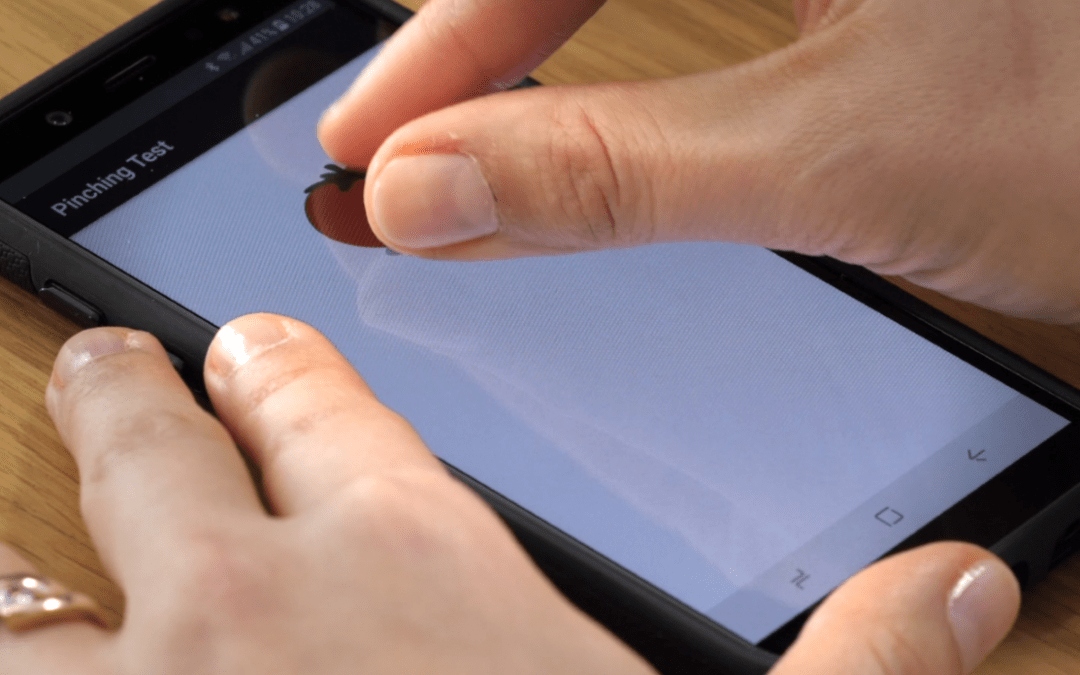Summary:
A multidisciplinary scientific team has developed an innovative tool for the remote assessment of upper extremity function in individuals with Multiple Sclerosis (MS). This touchscreen-based assessment tool, known as the Pinching Test, has the potential to provide a convenient and quantitative means of evaluating the condition of people living with MS.
The primary objective of the recent study was to assess the Pinching Test as a remote evaluation tool for upper extremity function in MS patients. Utilizing data from a 24-week prospective feasibility study of the Floodlight Proof-of-Concept app, researchers examined 13 pinching features, 11 inertial measurement unit (IMU)-based features, and 13 features related to fatigue in the Pinching Test.
The results were promising. The pinching features demonstrated good reliability and exhibited significant correlations with standard clinical assessments. These included the Nine-Hole Peg Test (9HPT), the Expanded Disability Status Scale (EDSS), and the arm items of the 29-item Multiple Sclerosis Impact Scale (MSIS-29). Notably, they were also able to differentiate between individuals with MS who had normal and abnormal conditions.
The IMU-based features, while also showing reliability, had limited correlations with standard clinical assessments. On the other hand, the fatigue features, particularly when using standard deviation aggregation, correlated with the 9HPT arm items, EDSS, and MSIS-29.
This innovative Pinching Test not only has the potential to complement standard clinical evaluation but also opens the door to convenient at-home assessment, potentially revolutionizing the way healthcare professionals monitor and treat MS. The next step will involve further validation in more advanced cases of MS.
Article written by Graves JS, Elantkowski M, Zhang Y, Dondelinger F, Lipsmeier F, Bernasconi C, Montalban X, Midaglia L, Lindemann M
Assessment of Upper Extremity Function in Multiple Sclerosis: Feasibility of a Digital Pinching Test JMIR Form Res 2023;7:e46521
02/10/2023
Source:
JMIR Publications
https://formative.jmir.org/2023/1/e46521/

